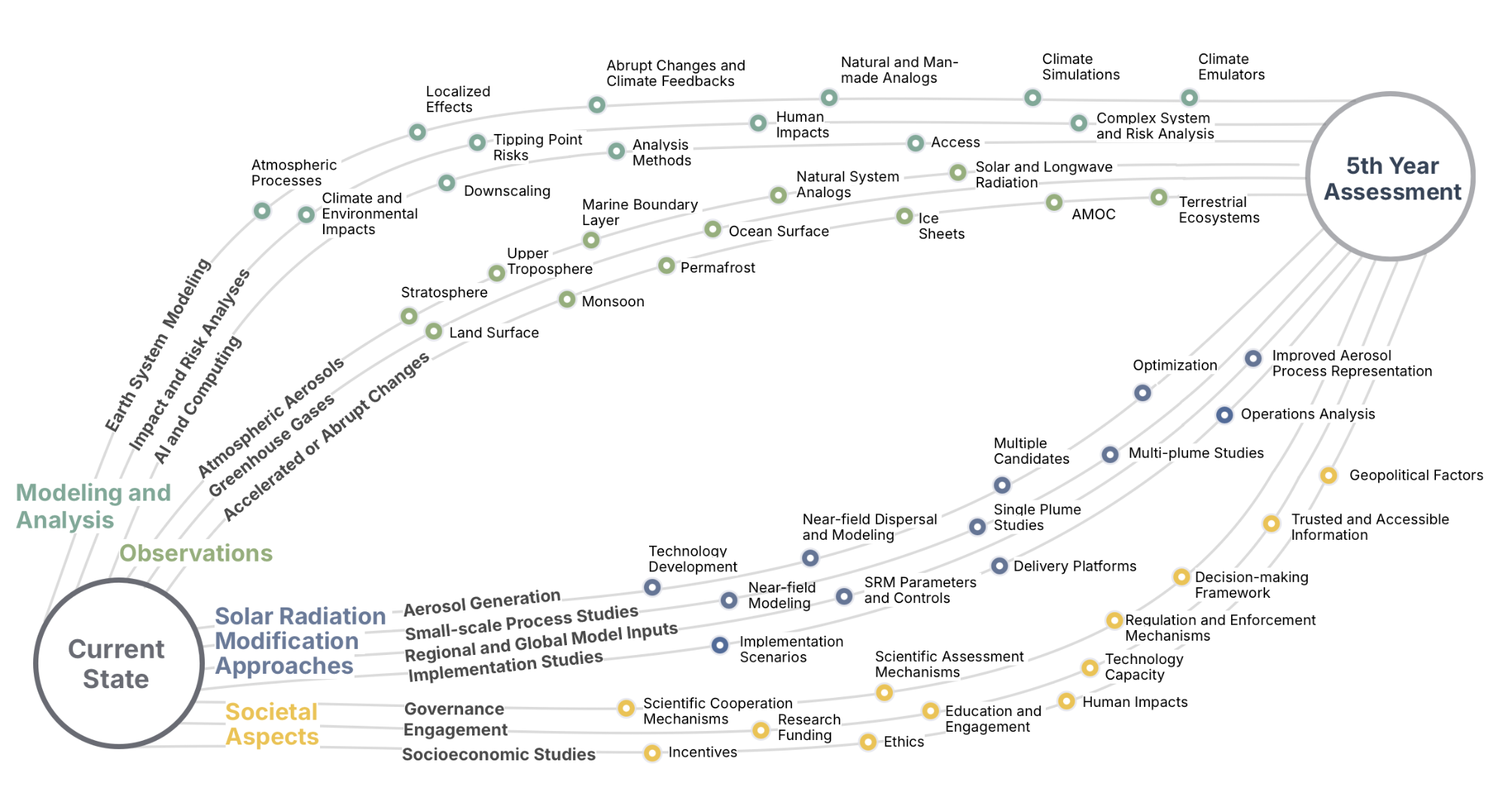
Insights
Featured

New Atmosphere Studies and Public Engagement Center launch in the San Francisco Bay Area
The Marine Cloud Brightening (MCB) Program, an open collaboration of atmospheric scientists and other experts to study how clouds respond to particles — also called aerosols — in the atmosphere, today initiated new climate studies and launched the Coastal Atmospheric Aerosol Research and Engagement (CAARE) facility at the USS Hornet Sea, Air & Space Museum, a Smithsonian Affiliate located in Alameda, California.
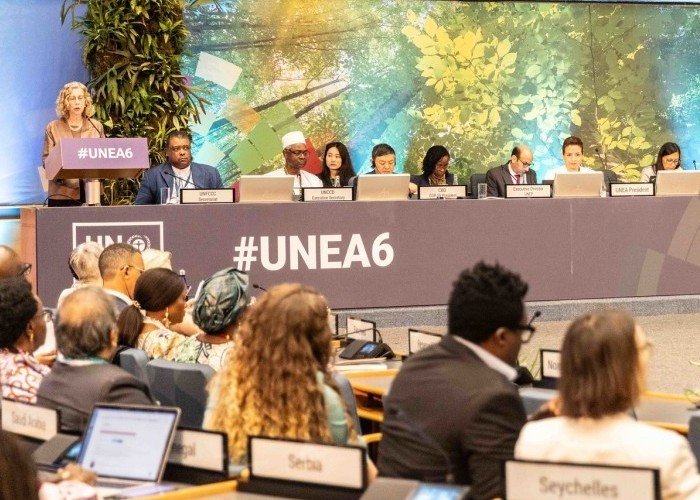
SilverLining Applauds Discussions on Sunlight Reflection Research at the UN Environment Assembly
The Sixth Session of the UN Environment Assembly (UNEA-6) in Kenya is concluding today. A significant topic of the international convening was a proposed resolution to establish a panel to review scientific and societal considerations on a prominent form of rapid climate intervention: releasing particles into the atmosphere to reflect sunlight or alter the properties of clouds, also known as solar radiation modification (SRM).

Climate intervention requires international research and the Global South has contributions to make
Challenging times are ahead for all of us who call this small blue planet home. The planet will continue warming due to emissions already in the atmosphere at least for the next 40 years even if we stop polluting right now, and yet emissions continue to rise. Tragically, we are in a place where emission reductions are not advancing fast enough and we don't have any indication that our elected leaders are ready to step up to the challenge. In this context, we’ll have to rely on human ingenuity and our unprecedented problem solving capacity to protect our common future. All options must be on the table.
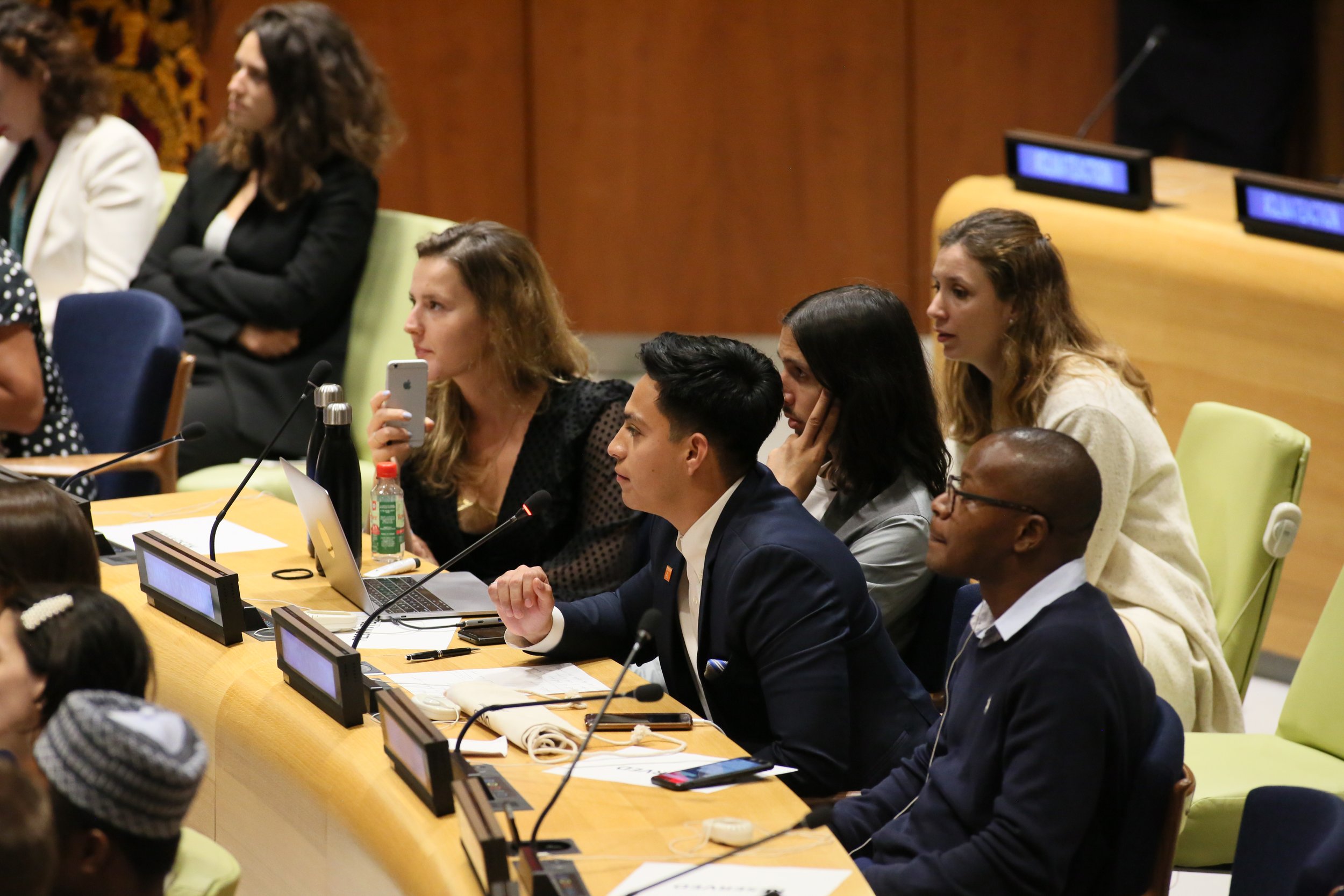
Empowering Youth for Climate Intervention: Insights from the 2023 Global Youth Summit on Near-term Climate Risks and Interventions
The recent Sixth Assessment (AR6) synthesis report by the Intergovernmental Panel on Climate Change paints a stark reality - the world is hurtling towards surpassing the critical 1.5°C global warming threshold. The imperative to limit global warming to a maximum of 1.5°C above pre-industrial levels is not merely a statistic, but a safeguard against an array of catastrophic impacts.
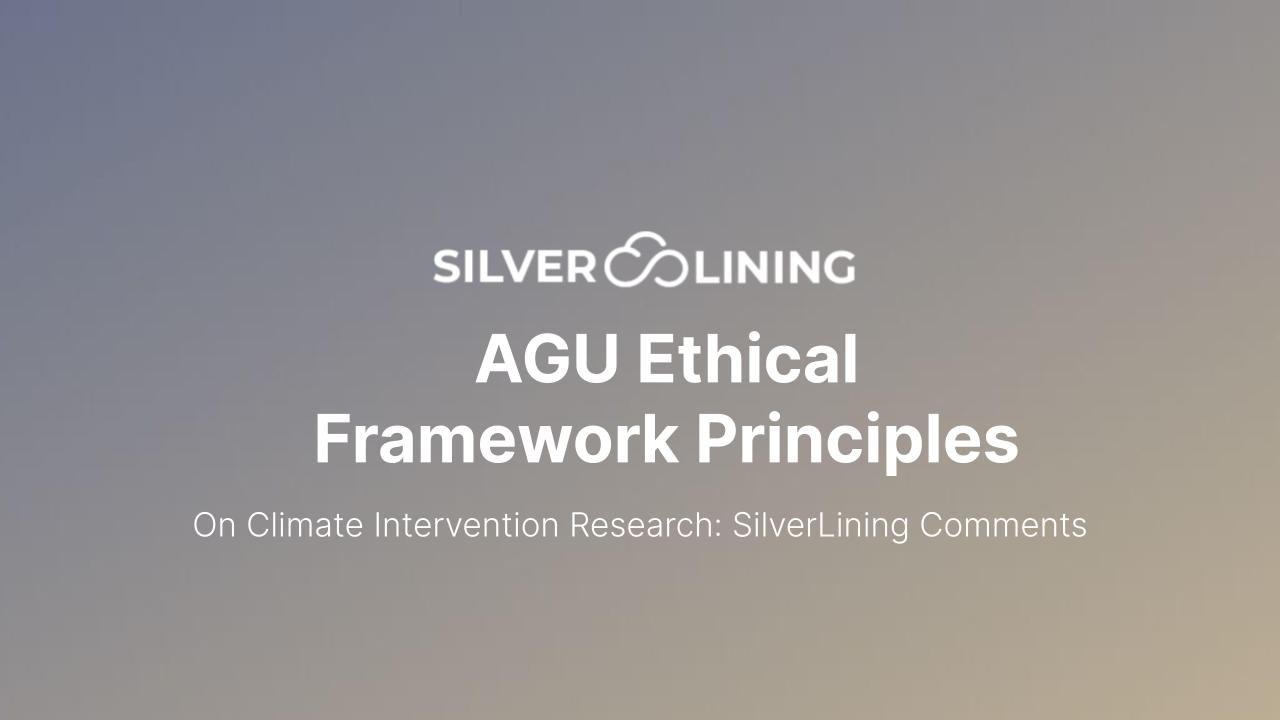
SilverLining comment on the proposed “AGU Ethical Framework Principles on Climate Intervention Research”
We are supportive of the concerns driving the AGU’s Ethics Framework effort; but we are concerned that the deficiencies in the draft document and the process by which it is being developed pose risks to the generation of scientific evidence on climate interventions, to scientific independence and objectivity, and to its own stated goals of transparency, inclusiveness and justice.

In the climate red zone, the US and EU are considering urgent interventions
Brown skies over Europe and North America from Canadian wildfires and record “hot” North Atlantic seas are signs that we have reached a new level of climate risk — one that threatens the well-being of nearly everyone on Earth.

Cooling credits: Sold as a “cool” solution to climate change, buyers (and everyone) should beware
Carbon credits have come under fire recently, as regulators, analysts and media take a closer look to see if and how well these credits represent actual benefits for climate.
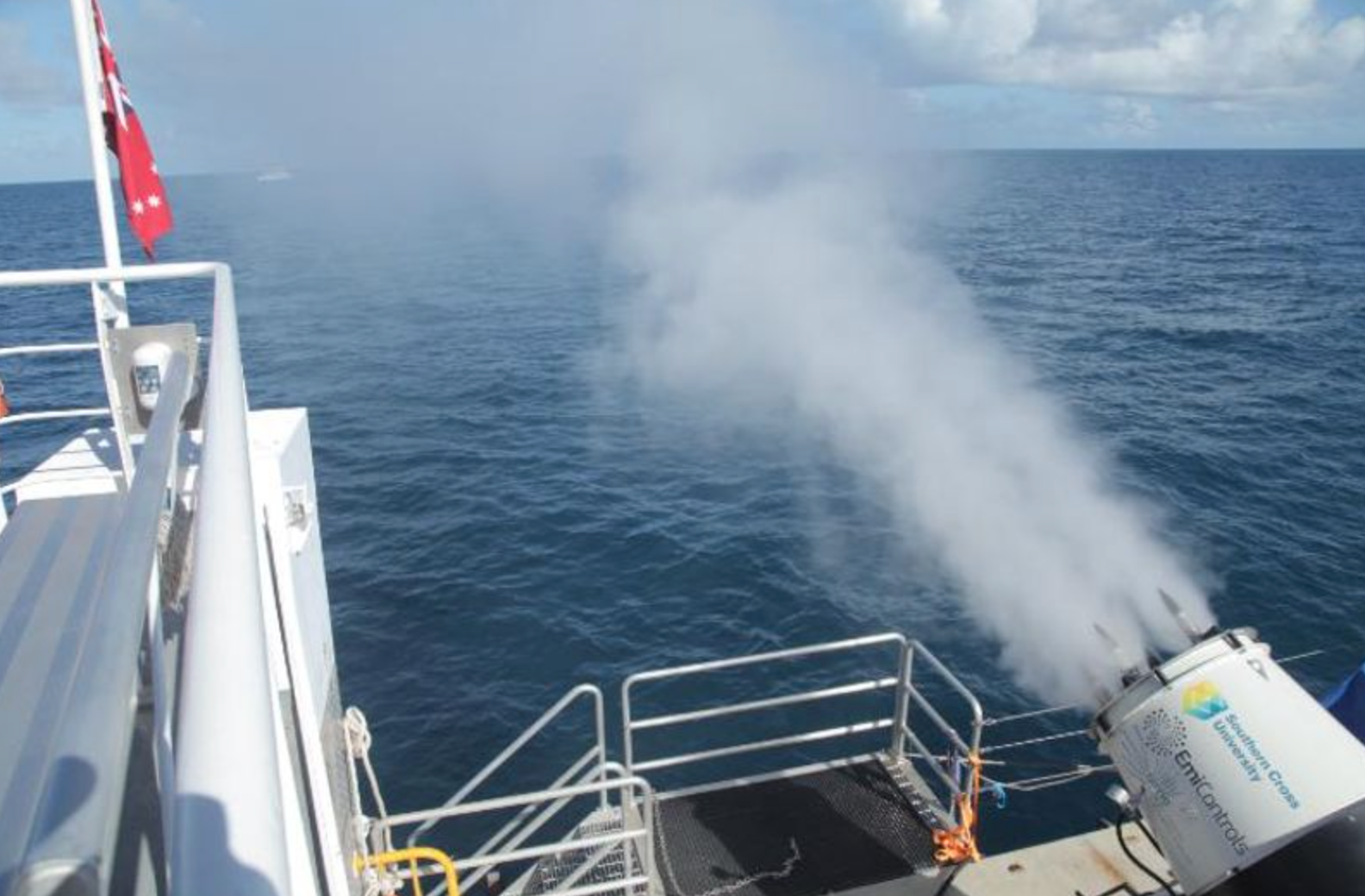
Scientific research is key to tackling the climate crisis.
Lhe leaders of Latin America meet this week (February 28 – March 2) in Punta del Este, Uruguay to participate in the VIII Regional Platform of the UNDRR (United Nations Office for Disaster Risk Reduction).
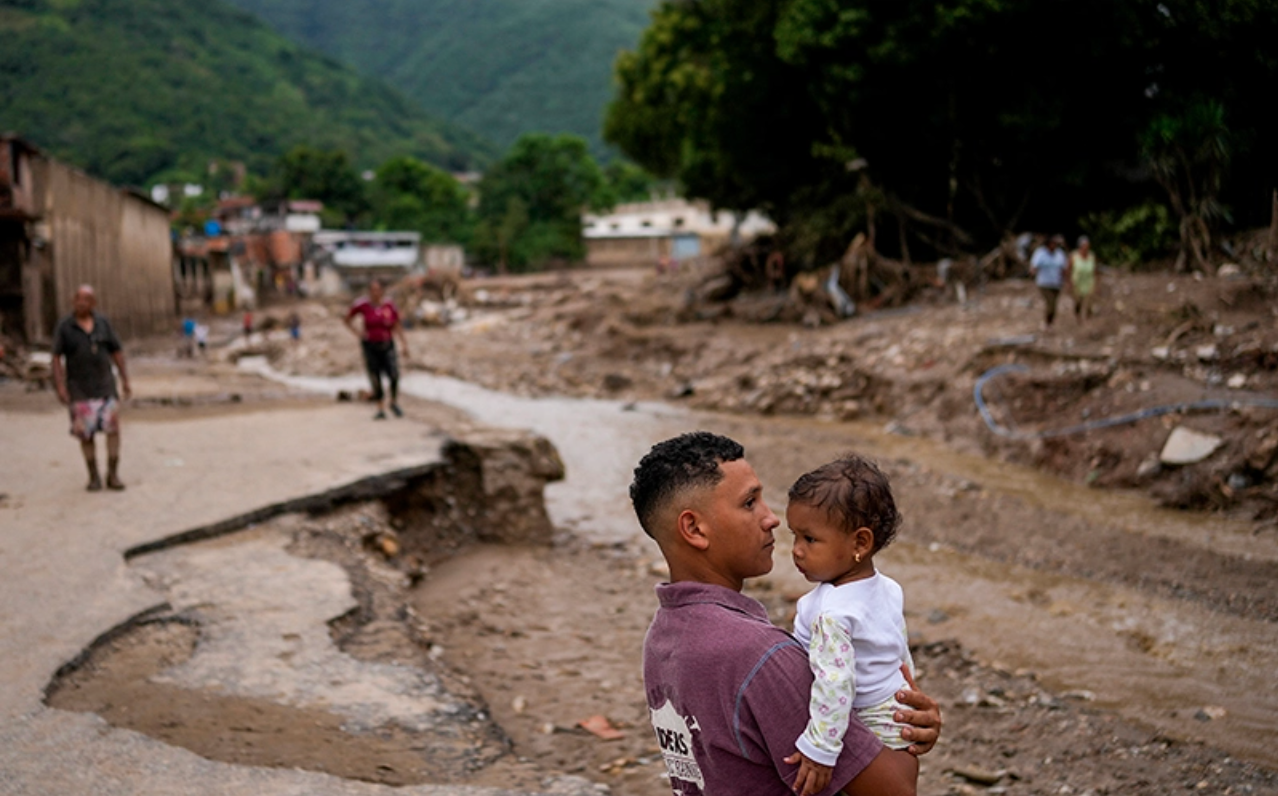
Climate intervention research: An insurance policy for near-term climate risks
Climate change is one of the most critical challenges facing humanity. It currently presents an overwhelming disaster risk for which we currently lack sufficient responses.
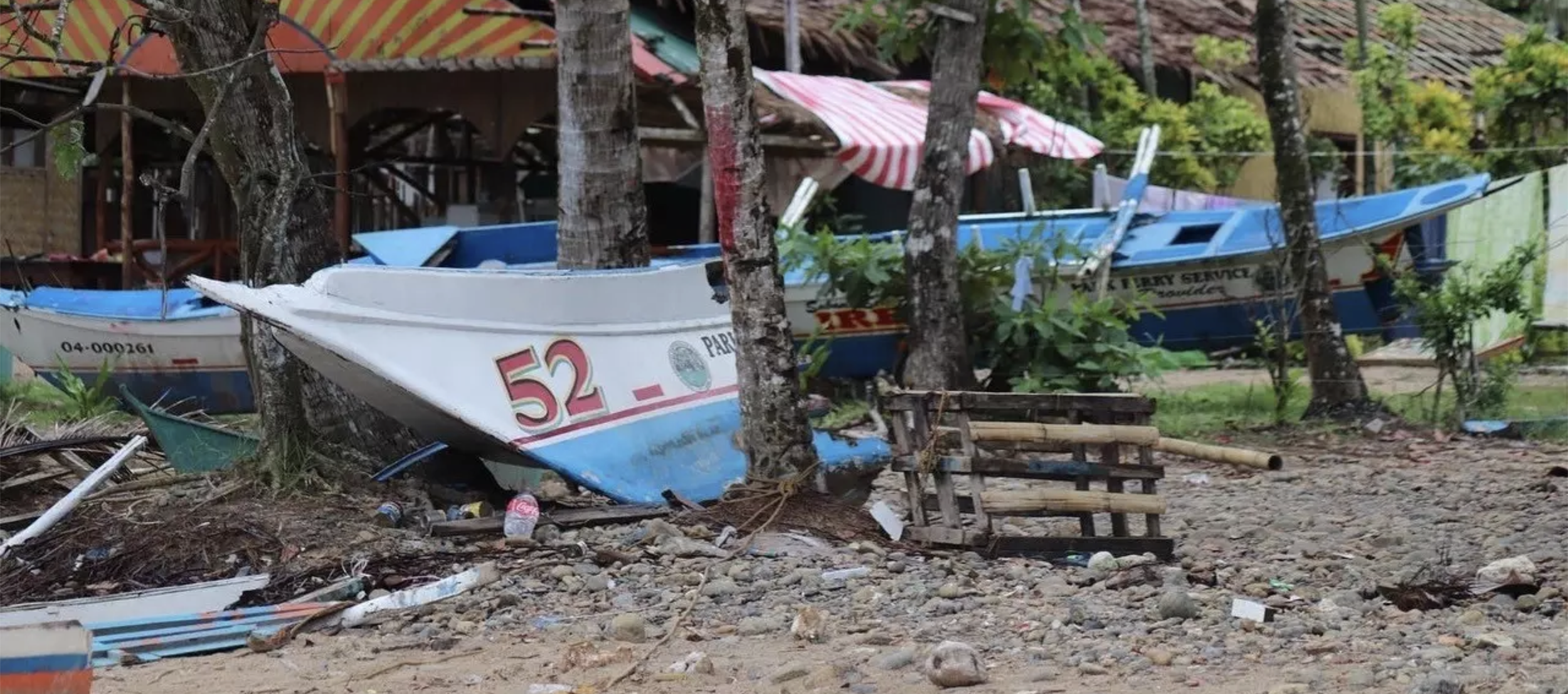
Climate intervention: an option for Global South to reduce near-term climate risk?
With nearly 36.3 billion tonnes of CO2 estimated to have been released into the atmosphere in 2021 alone, it came as no surprise the Intergovernmental Panel on Climate Change’s latest synthesis report on climate science projected that the earth’s surface temperature will increase over the current century under all assessed emission scenarios.
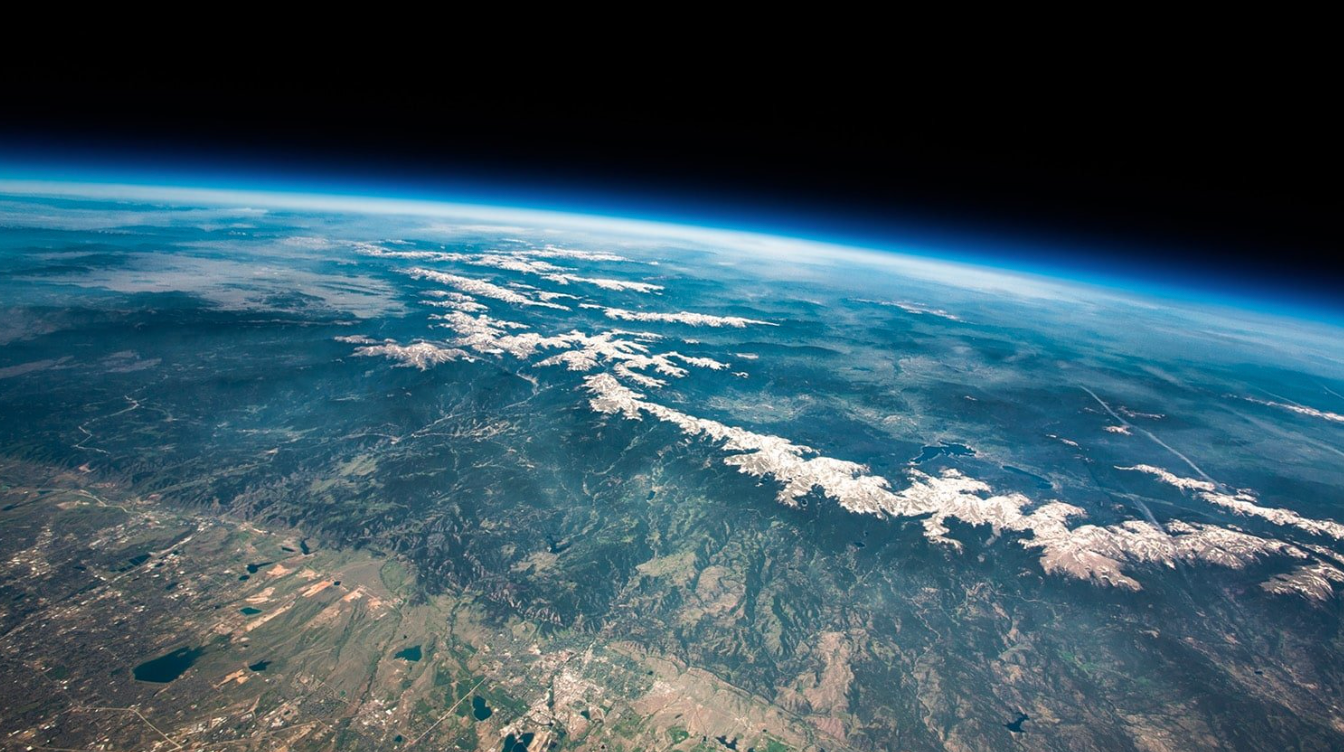
Beyond “Geoengineering” to Emergency Medicine for Climate
Sixty years ago, President Lyndon Johnson’s Science Advisory Committee sent him a report on restoring the quality of our environment. It projected – with remarkable accuracy – the effects of rising carbon dioxide levels in the atmosphere.

Reflecting Sunlight Could Ensure Human Safety on a Warming Planet
Earth has a 50-50 chance of warming 1.5 degrees Celsius above pre-industrial levels in the next five years, according to a new report from the World Meteorological Organization.

Council on Foreign Relations: Reflecting Sunlight to Reduce Climate Risk: Priorities for Research and Global Cooperation
As you may have seen in the news, the U.N. Office for Disaster Risk Reduction’s recent global assessment report found that human activity is driving an increase in medium- to large-scale disasters, many of which are fueled by climate.
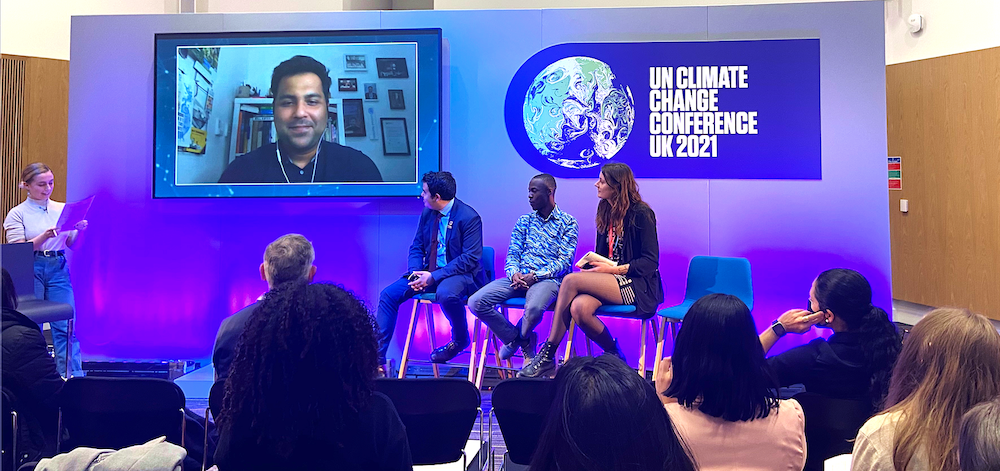
Youth Climate Leaders Talk on Climate Intervention
In the immediate aftermath of COP26, it was easy to feel dismayed about the outcome. Across the news and social media, there was a tangible sense of anger by many at the shortcomings within the new agreement.

Perspectives on NAS Report Recommending a Federal Research Program on Sunlight Reflection
The U.S. National Academy of Sciences recently published a new report, "Developing a Research Agenda and Research Governance Approaches for Climate Intervention Strategies that Reflect Sunlight to Cool Earth," in which it recommended a robust, interdisciplinary, multi-agency research program for the United States alongside cooperative international efforts.
SilverLining Unveils Interactive Roadmap for Research and to Advance Understanding of Near-Term Climate Risk and Intervention. The 5-year digital roadmap includes ambitious improvements to climate observations and models and study of a portfolio of rapid interventions.
Rapid and effective reporting, regulation and enforcement for weather modification and climate intervention activities would be best achieved in a structure in which the National Oceanic and Atmospheric Administration (NOAA) provides research and analysis of weather and climate impacts in support of a program of registration, permitting and enforcement by the Environmental Protection Agency (EPA). To achieve this, NOAA should expand relevant research and, with EPA, collaborate in the design of relevant processes. Within this, to support critical research, small-scale emissive research studies should be supported and exempted from permitting requirements for impact-scale activities.
Marine cloud brightening (MCB) is a promising approach to reducing near-term climate impacts and risks by dispersing sea salt particles (aerosols) into low marine clouds to make them reflect slightly more sunlight back into space to cool the climate.

